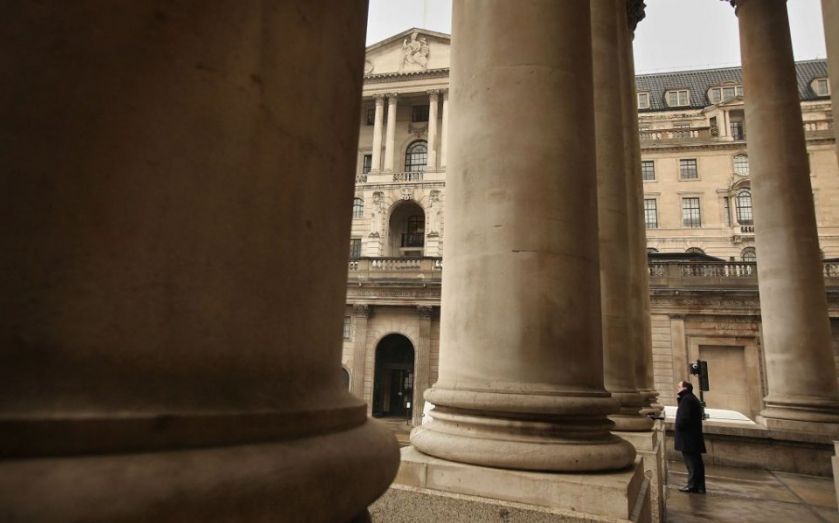The economic risks looming for small firms – Investec Comment

Last week’s sharp sell-off in equity markets, apparently sparked by fears over the health of the Chinese economy, dramatically highlighted the risks to the global economic outlook. But the UK is still likely to enjoy moderate growth for at least the next two years. The CBI last week upgraded its UK forecasts for 2015 and 2016 to 2.6 per cent and 2.8 per cent respectively, and our own forecasts are for growth to come in a little above that.
The UK’s resilience in the face of global headwinds is partly down to the fact that much of its growth is coming from domestic factors. If Britain were enjoying a major period of export-led growth, it would potentially be more vulnerable to events in China and other emerging markets. But over the past year or so, consumer spending has become a more important ingredient in driving the economy forward.
But if external factors are unlikely to pose too great a challenge to companies in the UK – particularly those that do the bulk of their business domestically – what other risks should firms be aware of on the horizon?
First and foremost are interest rate rises. While the timing is still uncertain, our forecast is for the Bank of England to start raising rates from the first quarter of next year. There’s no immediate pressure: high inflation isn’t a problem. But on the basis that we expect a continued recovery in the economy and inflation to head back to 2 per cent over the medium term (disinflationary pressures, particularly around the oil price, are likely to disappear), the Bank of England will be justified in beginning to tighten policy in the first half of 2016.
This should not have too great an impact on businesses. It’s difficult to see a scenario where the Monetary Policy Committee needs to be aggressive in raising rates, and the odds are that it will take it slow and steady. It is also likely that, even over the next few years, interest rates will not need to rise as high as the pre-crisis average, which was about 4.5 per cent. Bank Rate will probably remain low by historical standards, so the vast majority of businesses will be able to cope.
The second risk relates to government policy. The government has flattened the profile of its planned public spending cuts. There will not be the fiscal roller-coaster the Office for Budget Responsibility warned about prior to the election, and therefore the economy will not be hit so hard by the fiscal squeeze.
But the chancellor did surprise with his announcement that the minimum wage for over-25s (now the National Living Wage) will rise to £9 an hour by 2020, up from £6.50 currently. Businesses in industries that rely on a large number of lower-paid workers – the care home, retail, and pub sectors, for example – will face higher costs.
They are unlikely to be able to pass these costs onto their customers, as we will remain in a relatively disinflationary environment for some time. This may therefore have the effect of requiring them to scale back on their employment plans or to take a hit on profit margins. The National Living Wage could, however, have a positive impact on the economy by injecting more spending through higher wage growth. In the big picture, it won’t be huge, but it will have a modest effect, particularly if companies have to increase non-National Living Wage salaries too.
Philip Shaw is chief economist at Investec. This article is provided for information purposes only and should not be construed as advice of any nature. The views and opinions expressed are subject to change without notice.